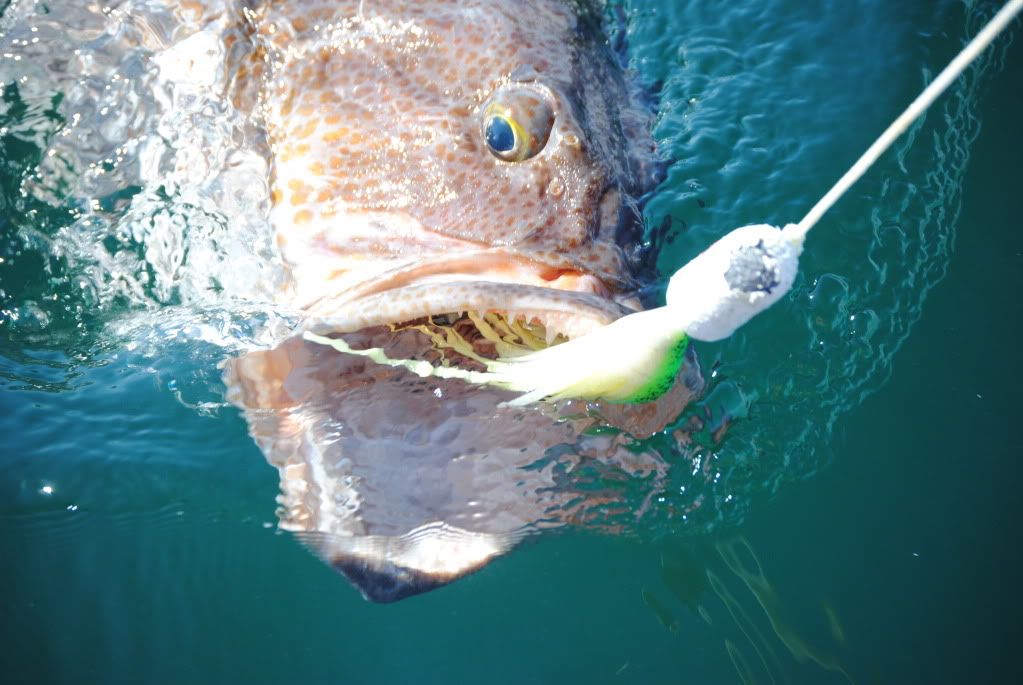Salmo-
I guess you think I am targeting Puget Sound or Strait nets or Indians with my "emotionally" charged responses? I am not, I only want everyone to understand there are way more influences that have a bigger impact than what is being preached here.
One trawler in the right place can and will wipe out a whole run of fish and all we do is sit here and say "another bad run" blame it on habitat.
My brother in-law has been a Biologist for the WDF for years and contradicts much of what you are saying, Bycatch and netting are the single worst event to a run of fish, it does not matter where the netting is done (Alaska, Russia, Japan or Indians), but until you admit it is a problem, your whole discussion about habitat is meaningless, yes habitat is real important and should be worked as a high priority, but our fishery in this state has proven through time that anyting we do to help the fish has not worked so you must come to a conclusion that you have to attack it from a different position. My main problem is everyone including the state of Washington has decided to put commercial fishing on the back burner and get everyone to believe it is all "our" fault for over populating the region and hurting the habitat. It is true, logging and people have hurt habitat, but what goes on in the bays, oceans straits and outside of our region is much worse.
If you have been here 59 years, I am surprised you do not agree that what goes on from the river mouth out to sea is the biggest problem?
read this one
http://www.fakr.noaa.gov/npfmc/analyses/BSAIsalmonbycatch205disc.pdfRIGHT FROM THE WDF-and you do not really know what the bycatch is, only what is reported! And this is only GROUND FISH bycatch! (Hake) It goes on and on every year.
Limits to bycatch of Chinook salmon were set in 1991
under the NMFS initiation of the Biological Opinion for groundfish management (NMFS
1991). High numbers of salmon bycatch in 1995 resulted in a reinitiation of section seven
of the 1996 Biological Opinion (NMFS 1996a). The bycatch rate is now limited to 0.05
Chinook salmon per metric ton of Pacific hake with an associated total catch of 11,000
chinook for the coastwide Pacific hake fishery.
Permitted vessels are not penalized for
landing prohibited species (e.g., Pacific salmon, Pacific halibut, Dungeness crab), nor are
they held liable for overages of groundfish trip limits.
And more on over fishing without fines---remember bycatch numbers?
As of September 25, 2003 the mothership, catcher/processor and tribal fisheries continue
to harvest the allocations. The mothership fishery has completed 89.4% (26,021 mt),
catcher/processor fishery 89.7% (36,981 mt) and the tribal 89.0% (22,274mt).
(Preliminary Report #7, NOAA, Seattle;
http://www.nwr.noaa.gov). It is expected that the atsea
sectors will harvest their full allocations. Even though the shoreside allocation was
increased, the 30-day shoreside season is the shortest since 1992 or program inception
(Table 1). The shoreside directed fishery closed on July 14th at 12:00p.m. and harvested
51,061 mt (0.31% over the allocated amount) (Table 1).
No one was looking and think of what went on in Canada and Alaska!
Salmon
A total of 425 salmon (all Chinook (Oncorhynchus tshawytscha)) were taken as bycatch
in the 2003 shoreside hake fishery and turned over to state agencies by processors: 209 in
Oregon, 12 in Washington, and 204 in California (Table 3). The low number of salmon
reported in WA may be a symptom of lack of observer presence in Ilwaco in 2003. The
shoreside component as a whole was well below the 0.050 Chinook salmon per mt hake
cap. The shoreside rate represents an incidental catch rate of 0.008 salmon per metric ton
of hake for the entire EFP fishery (Table 5). Rates for individual salmon species can be
found in table 6 for 1992-2003.
Chinook salmon bycatch in 2004 was much higher
than the long-term average from 1990-2001.
BSAI Salmon Bycatch:
Chinook Chum
1990-2001 average 37,819 69,332
2002 36,385 81,470
2003 54,911 197,091
2004 62,493 465,650















 Previous Topic
Previous Topic Index
Index



